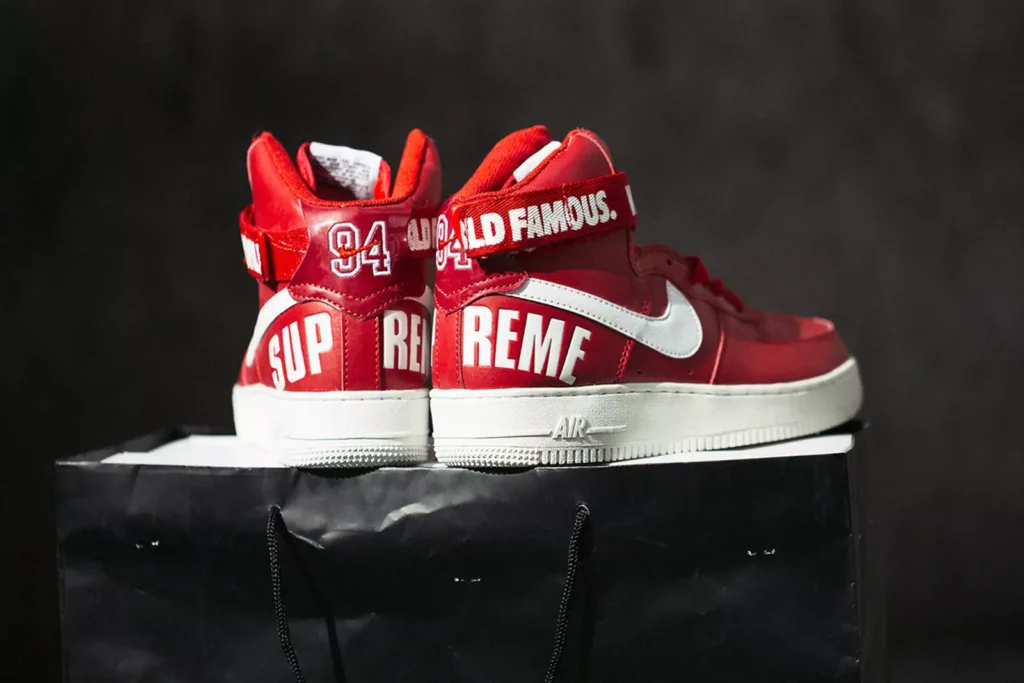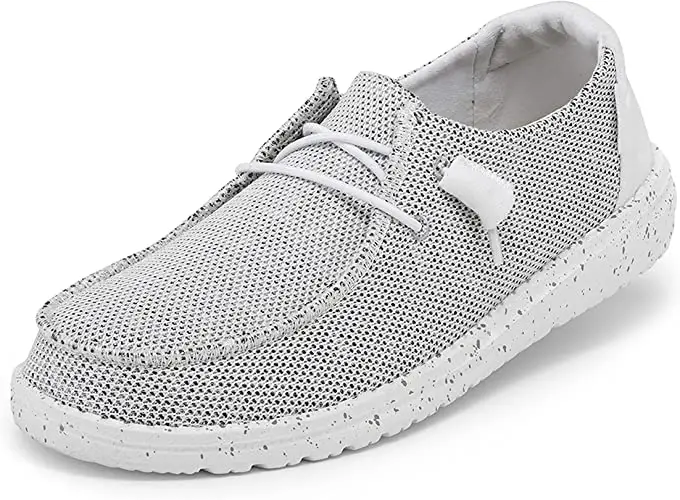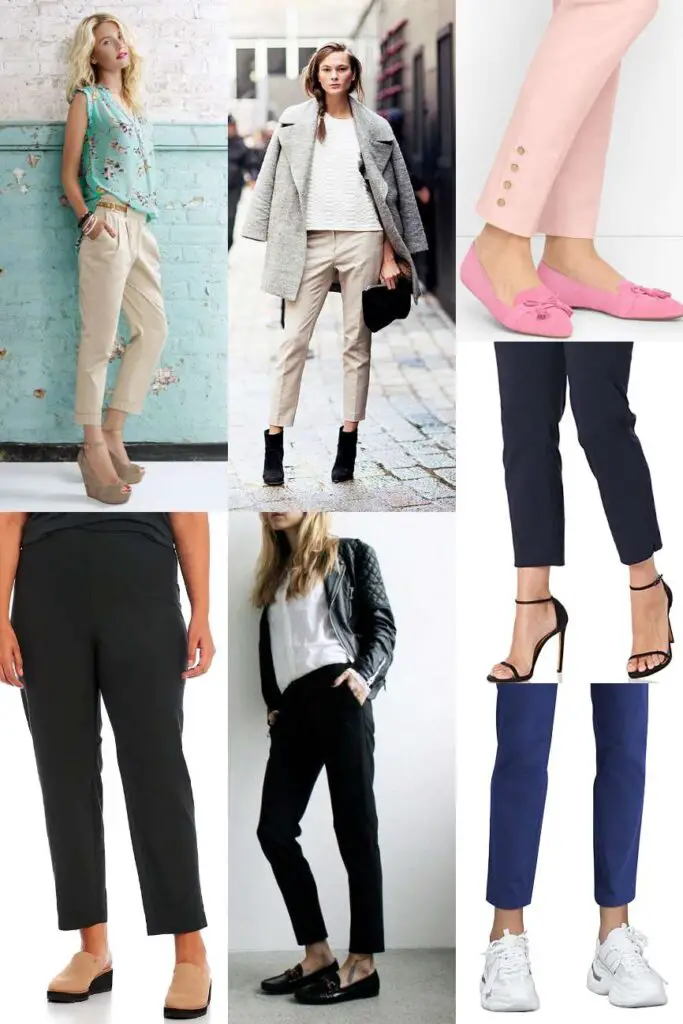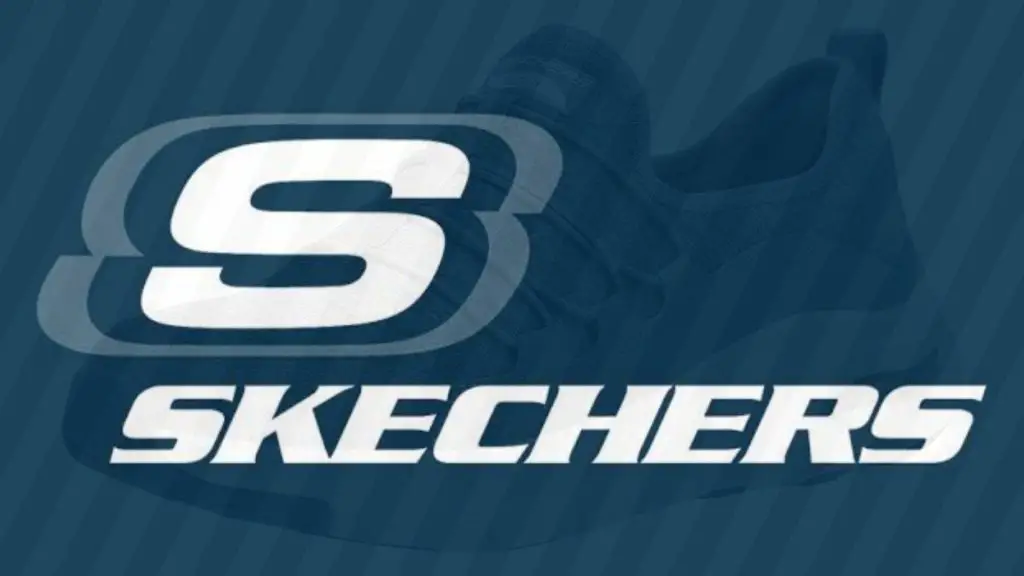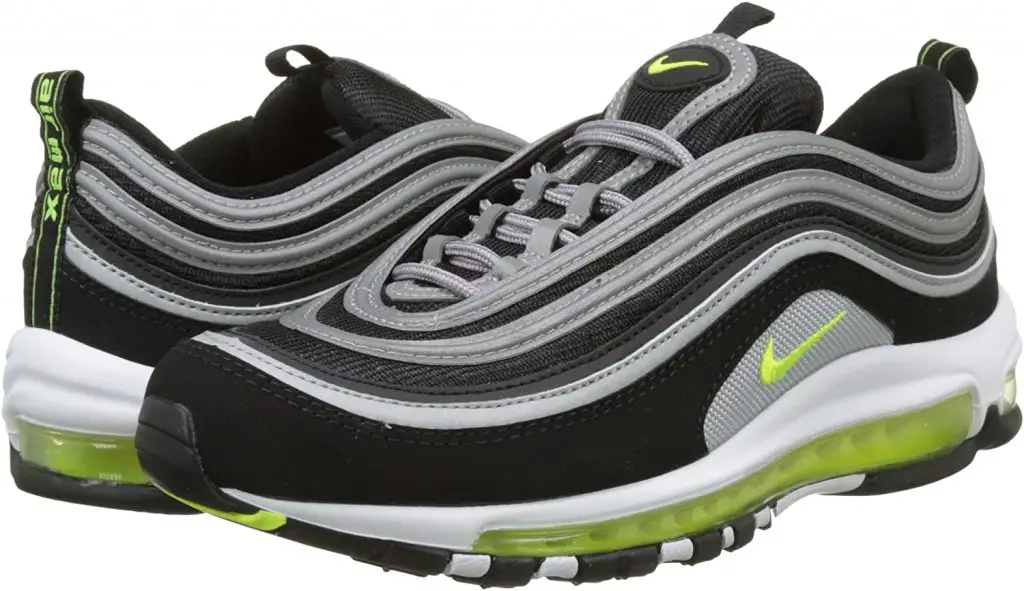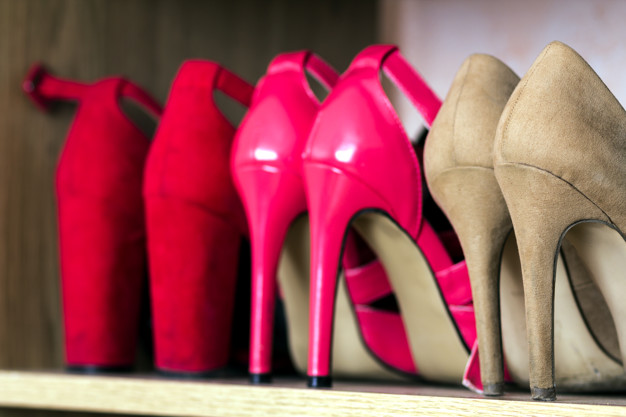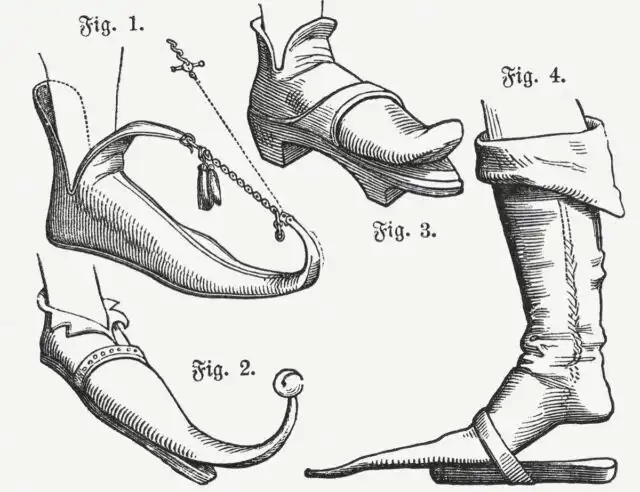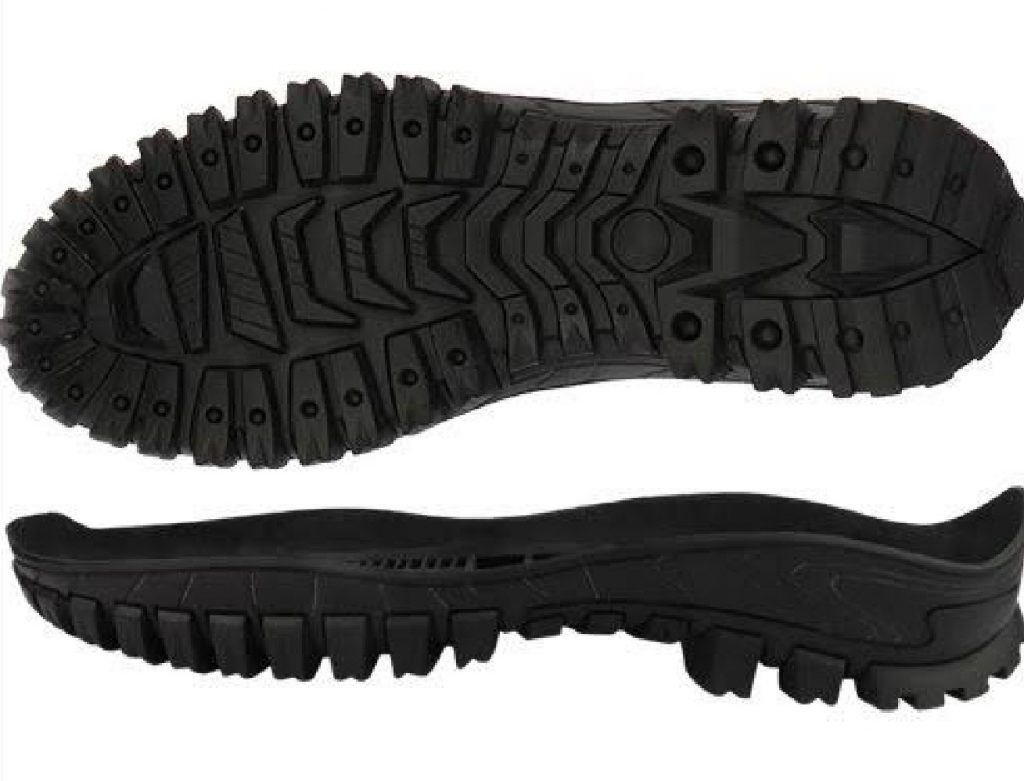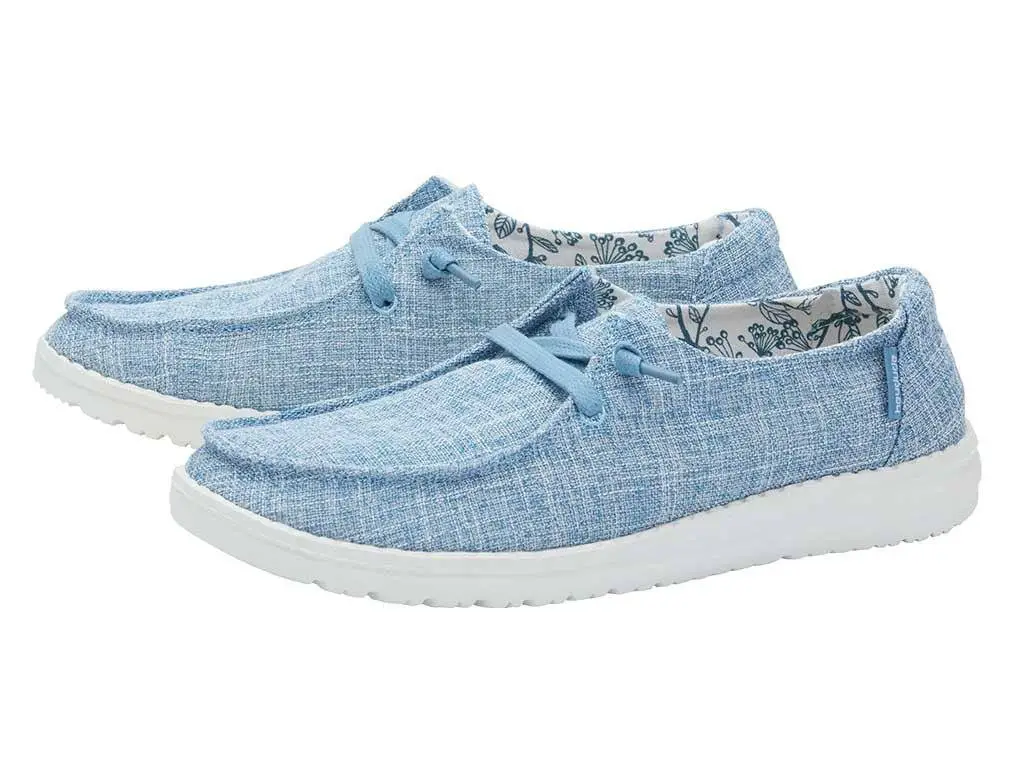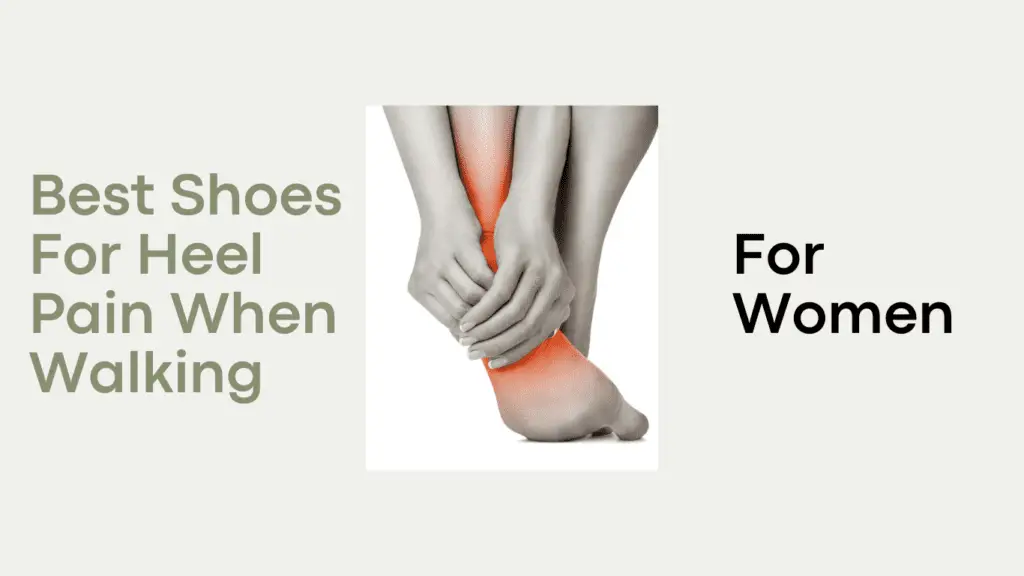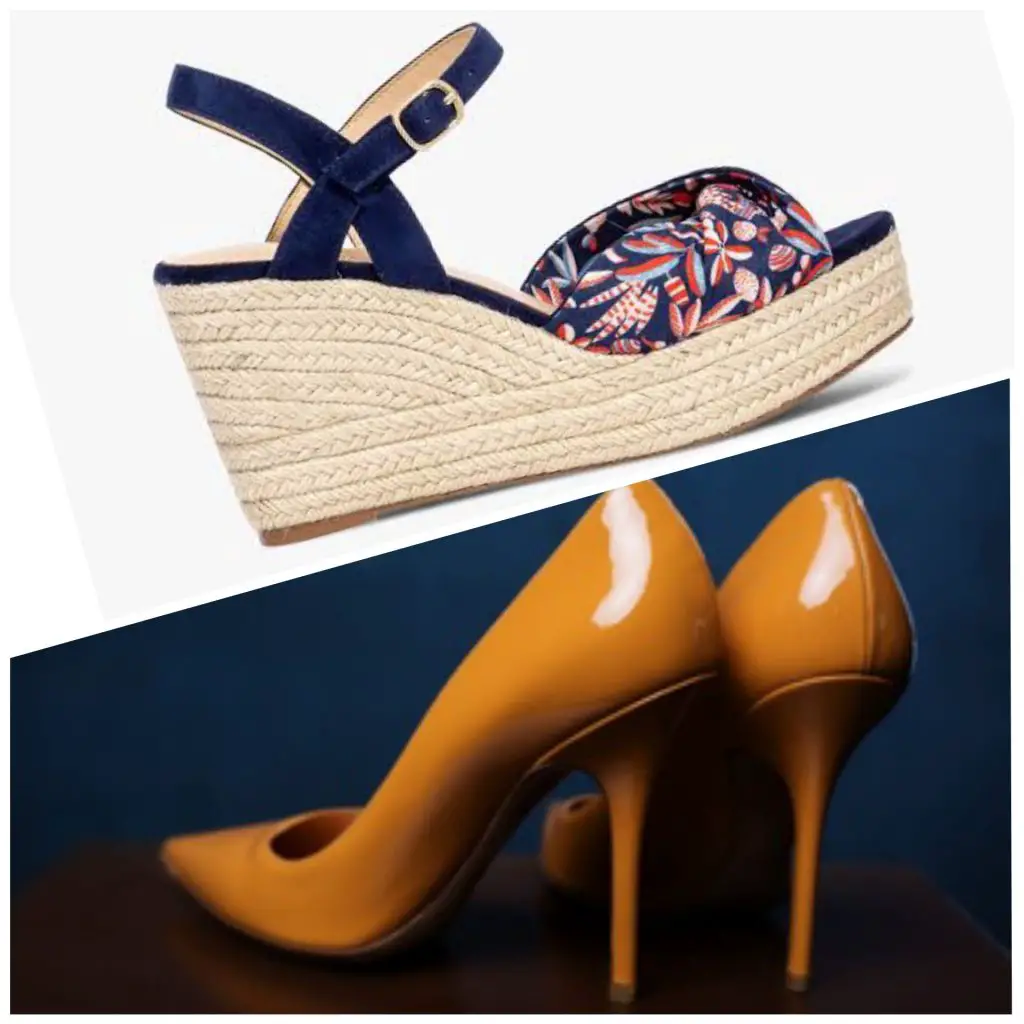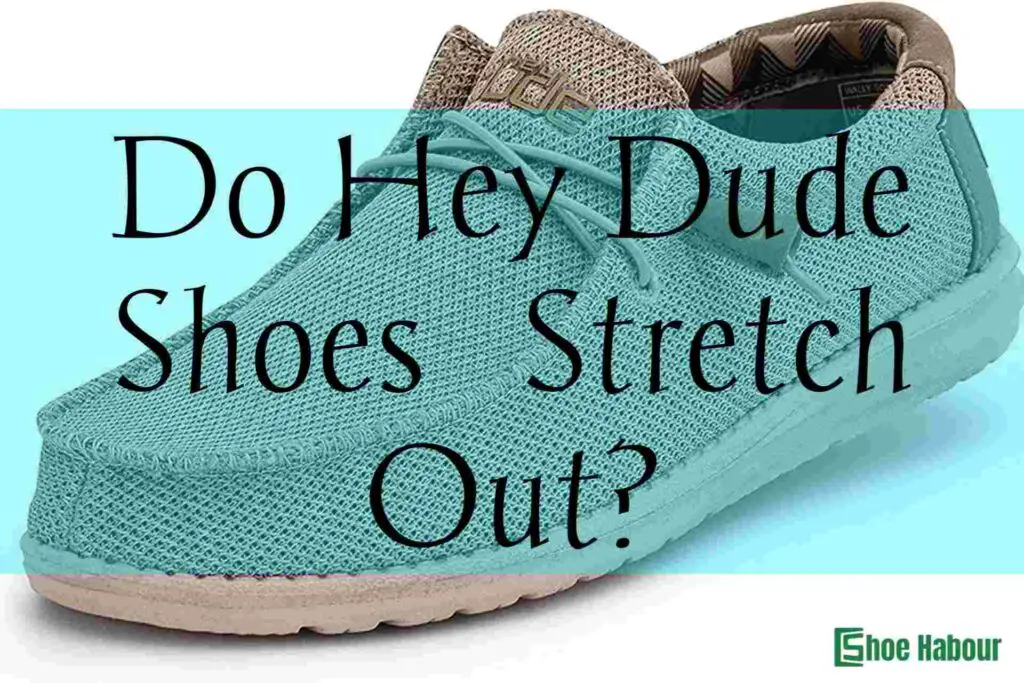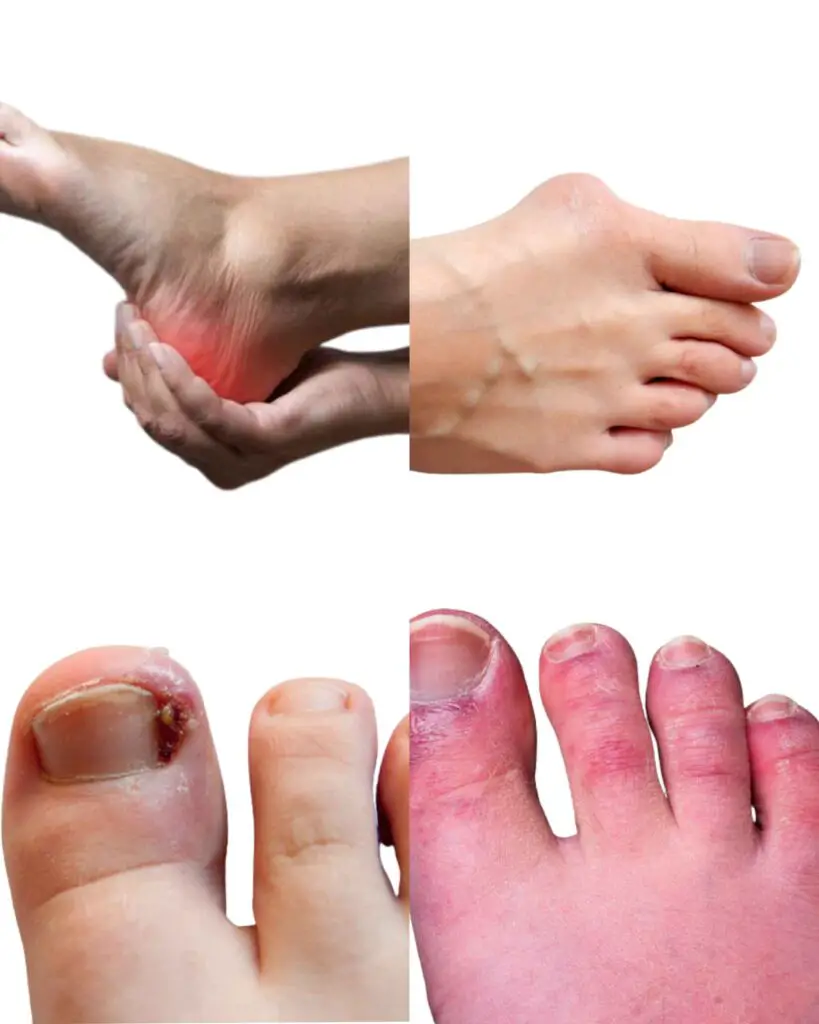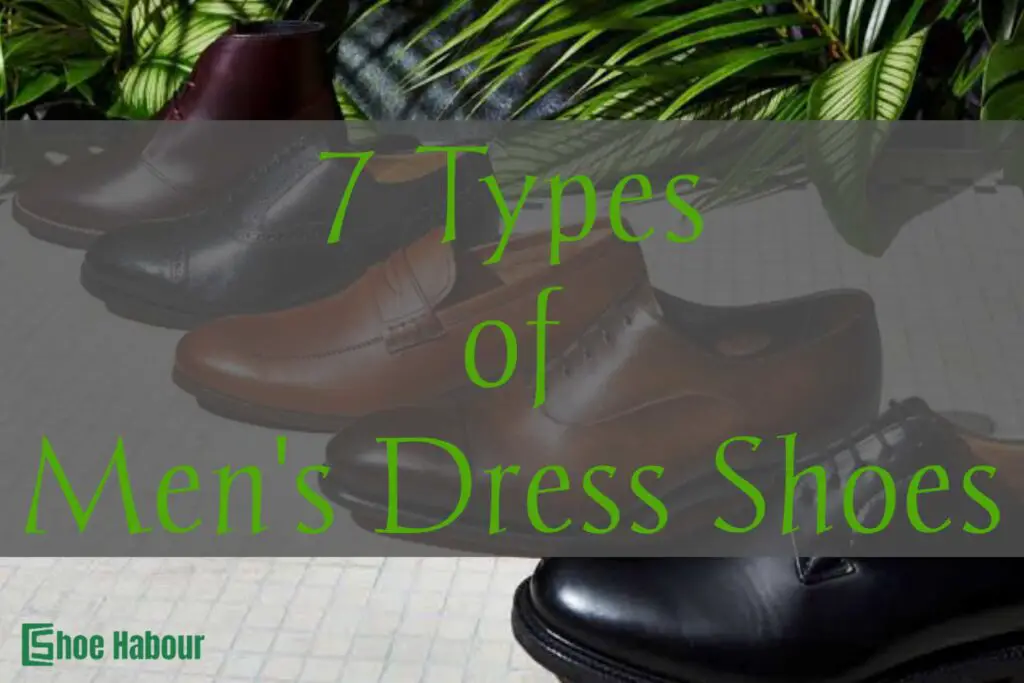Replica shoes, also called “shoe reps,” are shoes that try their best to replicate the look of the original. When you see shoes labelled as “reps,” they are essentially replica shoes. Shoe reps are by no means authentic. They are just made to look as close to the original as possible.
Knockoffs, clones, and replicas are used interchangeably for shoes that are made to imitate their originals. Only some of them are not really “knockoffs” per se. A new category of clones has taken the world by storm, known as 1:1 reps, and are made with the same premium materials, to the same exacting standards, down to the same factories in countries that made the originals.
Today, ShoeHarbour will be breaking down the whole stigma that surrounds shoe reps and everything you need to know before buying them (please don’t!). So stay tuned for today’s article, Shoe Reps – Everything to Know Before Buying!
Check out our write-up on the hottest pair of sneakers right now, the Asic’s Japan S!
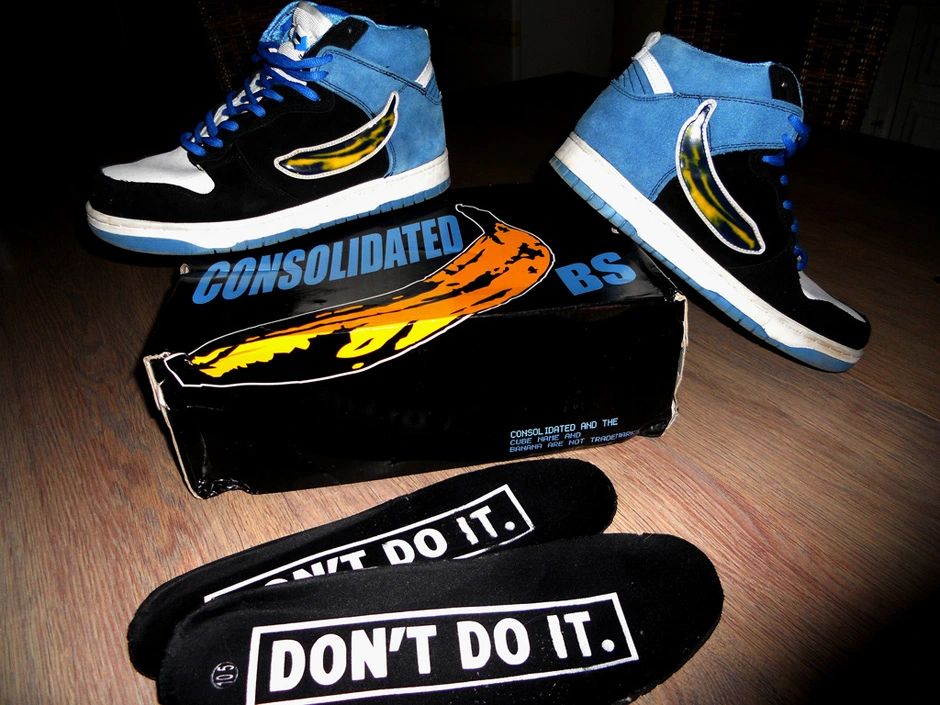
Table of Contents
ToggleHow Big is the Shoe Rep(lica) Industry?
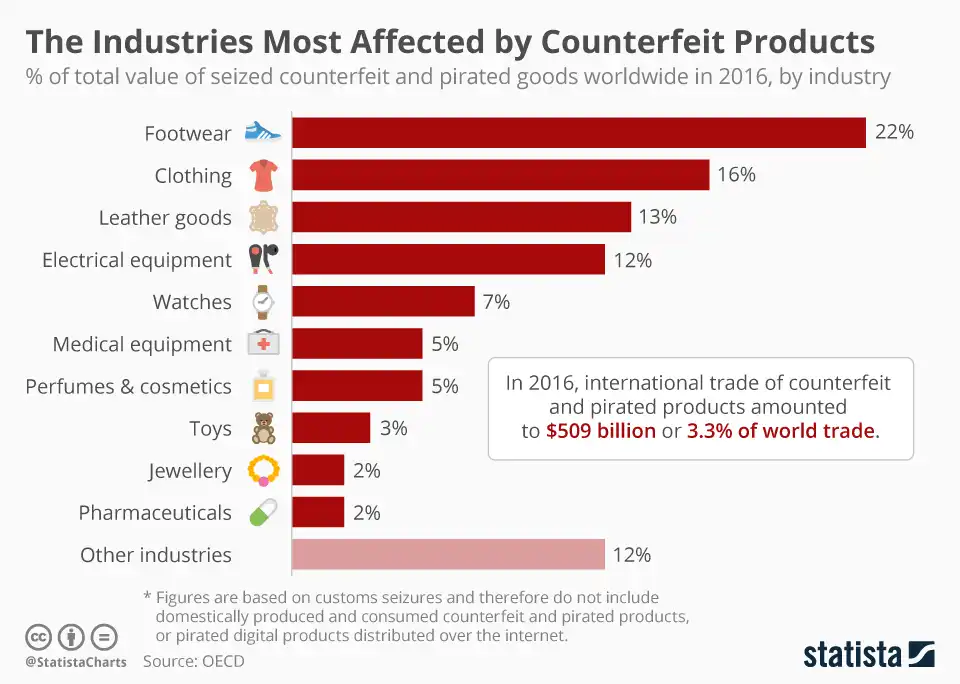
The annual turnover of the shoe replica industry for just the sneakers segment alone is estimated at a whopping US$72.72 billion in 2022 and is expected to grow annually by about 7.95% year over year.
The sneakers segment is one of the most affected industries by counterfeits, coming in at 22% of the total value of customs-seized counterfeit goods. Among the most counterfeited brands are luxury brands such as Michael Kors, Gucci, or Louis Vuitton as well as mass-market brands such as Nike, Levi’s and Adidas.
This begs the question, Why is there such a booming market for shoe reps?
Why do people buy Shoe Reps?
Let’s take a case in point on why shoe replicas have seen such a meteoric rise in popularity: the Nike Chunky Dunkys, a highly sought-after sneaker that commands a resale value of more than $1,000.
The real Chunky Dunky pair was originally sold for $100, a collaboration between Nike and ice cream maker Ben and Jerry’s that features Nike’s signature Swoosh in yellow and a cow skin pattern, a homage to the bovine face on the ice cream maker’s packaging.

The Chunky Dunky sold out immediately after its release and is retailing for an average sale price of $1,609 on StockX. Brands can kill off the replica shoe market almost immediately by producing enough units to cater to everyone, but will they?
Over the past years, brands like Nike and Adidas have been releasing “limited edition” sneakers and only “dropping” them in batches of a couple of hundred with the sole reason of maintaining hype around the shoe.
For as long as this culture of “feeding the hypebeasts” is here to stay, the shoe replica industry will be there to profit from it.
The different grades of Shoe Reps
Believe it or not, shoe reps have different grade levels to them, and the higher it is, the better its quality. Typically, there are five primary grade levels: AAA, SP, SMP, 1:1 and UA.
1. AAA
Grade AAA is the worst and lowest quality shoe rep out there that you can find.
Made from the cheapest materials and very bad craftsmanship, they are usually referred to as “super fakes.”
They can be recognized as replicas from just a casual glance and are often stiff, uncomfortable, and even painful to wear.
2. Super Perfect (SP)
Even though coined as Super Perfect, this grade of shoe rep is only just a step up from grade AAA.
Often known as low-quality replicas, the SP grade is a little bit better than grade AAA in terms of comfort and durability, but you will still be able to spot its many flaws when you inspect the shoes closely.
3. Super Max Perfect (SMP)
The Super Max Perfect (SMP) is a mid-grade quality replica shoe.
These shoes are a big improvement from the earlier-mentioned grades with fewer noticeable flaws and are made from better materials and good craftsmanship.
Though still far from the “real thing,” SMP grades can be passed off as a good shoe rep for the undiscerned eye.
4. 1:1 (one-to-one)
As its name implies, 1:1 shoe reps are the closest to the real thing. They use the exact same materials (i.e., high-quality materials) and best manufacturing techniques, with some minor flaws intentionally put in by manufacturers to prevent lawsuits.
One-to-one replicas are made to last and cost significantly more than the earlier few grades and are pretty close in authenticity to the real deal.
5. Unauthorized Authentic (UA)
The highest-quality shoe rep available, the Unauthorized Authentic (UA) is as much as the real deal as possible.
These shoes are made at the same manufacturing location, use the same materials and craftsmanship, and have features that the exact shoe has.
The only difference that UAs have with the originals is that this grade of reps is not authorized by the brand due to a failed QC check (being one of the many reasons).
A UA pair is very hard to spot, and only a shoe specialist or someone who examines it very closely can tell that it’s a replica.
How do I spot shoe reps?

There are a couple of tried and tested ways to be able to spot shoe reps from originals. Here’s how:
1. Check the source
Buying a pair of new kicks off a social media account with 2 followers and 3 pictures? Probably a fake.
ALWAYS check if the website that you are buying from has the option of paying with PayPal as PayPal is in the business of making money, not losing it. They have a great security team that sniffs out schemers, and PayPal themselves would have to foot the bill.
2. Check the box
The packaging and tags of the shoe are usually what replicas neglect. Take the time to compare your box, item stickers, fonts, and retail tag of the packaging.
Big brands DO NOT make mistakes with their boxes, and flaws in your shoes’ packaging is usually the first sign of a rep.
Most brands have the below information printed on their shoe box, so check yours to see if they are all there:
- The model name or number of the shoe
- Place of manufacture
- SKU code
- Size of the shoe
- Barcode
3. SKU code
Check the SKU code of your shoes. SKU, which stands for stock keeping unit, can be found on the sticker of your shoe box or on the tag inside your shoes.
Typically consisting of just numbers, or sometimes a combination of letters, numbers, and a hyphen, the SKU code is unique for each color design of each individual model of branded shoes.
Using this, you can find out on the internet whether the SKU code on your shoes matches the ordered pair.
4. Inside tag
Original shoes will always have an inside tag that tells you the information of the shoe. Located at the tongue of the shoe or sometimes at the ankle, the tag contains information such as the brand name, model name, place of manufacture, and size.
Match this information from the tag with the shoe box to check for any discrepancies.
If your shoes does not have an inside tag or the information doesn’t match, chances are you are likely to be looking at a pair of replicas.
5. Smell your shoes
As funny as it sounds, smelling your shoes can actually tell you whether they are replicas or authentic!
Shoe reps are usually made from low-quality material and held together using subpar adhesives.
So if your shoes give off a chemical and toxic smell, there is a high chance that they are fake.
How can you tell if your Common Projects are fake?
Check the sole
The soles of Common Projects are made out of thick rubber and have a well-patched undersole. For most reps of Common Projects, the rubber soles might not have the right quality and might not be thick.
Check the stitchings
The stitching of the Common Projects are usually deeply embedded and match the color of the sole. On replicas, however, the stitching is regular on all sides, and if the color of the stitching does not match the soles, you are looking at a fake!
Check the laces
The laces of Common Projects are made flat and skinnier and match the color of the shoes or its soles. If the laces seem fatter, chances are the Common Project pair that you are looking at is a fake!
Know the price
The Common Projects sneakers are Limited Edition runs and are quite expensive. They usually go for upwards of $300. So if the shoes are priced between $20 to $50, those are not originals!
Should I be wearing shoe reps?
Honestly, no. If you are looking for shoes that look and feel exactly like the real thing, shoe reps are not for you. With shoe reps, you are sacrificing both quality and durability, all for the sake of saving a couple of bucks.
Do keep in mind that shoe reps are not as comfortable as the originals as well!
Which is why, in this next section, we will be sharing 6 authentic shoes that look just like their counterparts yet are much more affordable!
6 Sneakers that look like the Yeezy 350 - But Way Cheaper AND Original
The Yeezy 350 which retails at $350 is a steep price for a sneaker
Authentic Brands that are NOT Shoe Reps
Addidas Alphabounce
Adidas Pureboost
Reebok Workout Plus
Nike Free RN Flyknit
Adidas Pureboost DPR
Nike Free RN
Reviews
Adidas Alphabounce



Adidas Pureboost



Reebok Workout Plus



Nike Free RN Flyknit



Final Verdict
Missing out on the latest drop of a pair of limited edition Yeezys only to later find that the price of that exact pair is 10 times its original by scalpers/resellers is a feeling that nearly all of us shoe enthusiasts has come to terms with.
But that doesn’t mean that we should go out of our way to get shoe reps to satisfy our appetite for limited editions! There are plenty of authentic shoes out there such as those we mentioned above that deserve as much hype in their own rights.
Check out this article for everything you need to know about the Nike Air and Air Jordan!
Leave us a comment below if you would like us to explore more of these look-alikes!

